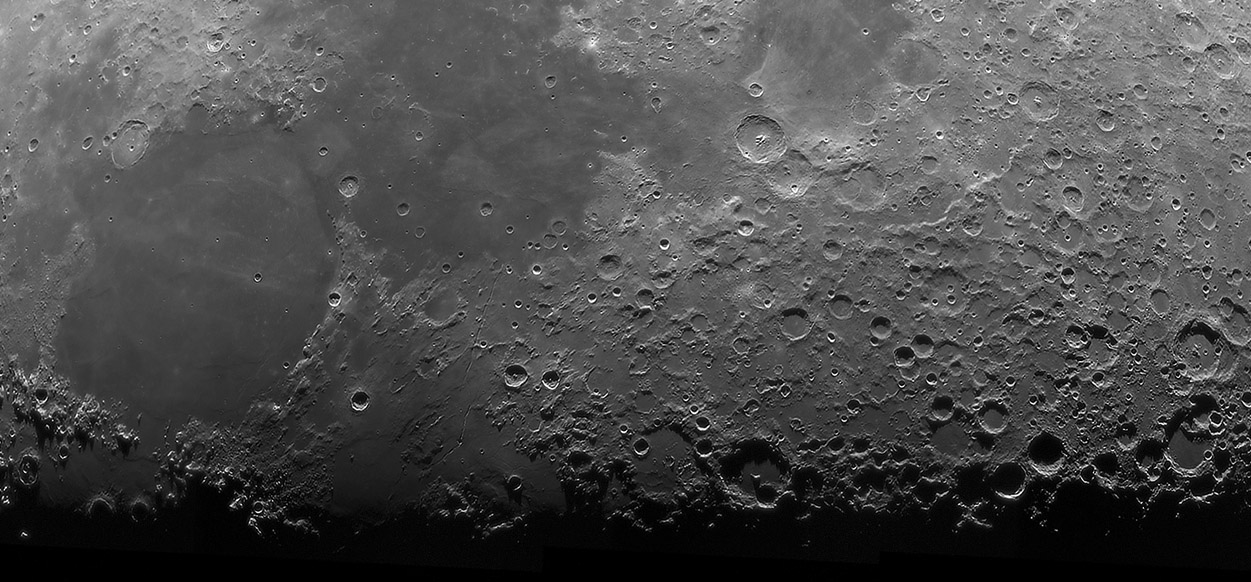Difference between revisions of "December 23, 2011"
| Line 3: | Line 3: | ||
<!-- ws:start:WikiTextHeadingRule:0:<h1> --> | <!-- ws:start:WikiTextHeadingRule:0:<h1> --> | ||
<!-- ws:start:WikiTextLocalImageRule:6:<img src="/file/view/LPOD-Dec23-11.jpg/288241436/LPOD-Dec23-11.jpg" alt="" title="" /> -->[[File:LPOD-Dec23-11.jpg|LPOD-Dec23-11.jpg]]<!-- ws:end:WikiTextLocalImageRule:6 --><br /> | <!-- ws:start:WikiTextLocalImageRule:6:<img src="/file/view/LPOD-Dec23-11.jpg/288241436/LPOD-Dec23-11.jpg" alt="" title="" /> -->[[File:LPOD-Dec23-11.jpg|LPOD-Dec23-11.jpg]]<!-- ws:end:WikiTextLocalImageRule:6 --><br /> | ||
| − | <em>east up image by [mailto:jupiter182002@yahoo.ca | + | <em>east up image by [mailto:jupiter182002@yahoo.ca Maximilian Teodorescu]</em><br /> |
<br /> | <br /> | ||
High resolution telescopic and spacecraft images often reveal new features, but wide view images like this are a special delight <br /> | High resolution telescopic and spacecraft images often reveal new features, but wide view images like this are a special delight <br /> | ||
| Line 13: | Line 13: | ||
of an ancient large crater. And in preparation for Christmas, Max points out the famous lunar X at bottom right.<br /> | of an ancient large crater. And in preparation for Christmas, Max points out the famous lunar X at bottom right.<br /> | ||
<br /> | <br /> | ||
| − | <em>[mailto:tychocrater@yahoo.com | + | <em>[mailto:tychocrater@yahoo.com Chuck Wood]</em><br /> |
<br /> | <br /> | ||
<strong>Technical Details</strong><br /> | <strong>Technical Details</strong><br /> | ||
| Line 20: | Line 20: | ||
<br /> | <br /> | ||
<strong>Related Links</strong><br /> | <strong>Related Links</strong><br /> | ||
| − | Max's full resolution full mosaic is [http://maximusphotography.files.wordpress.com/2011/12/colaj-lunar-2-dec-2011.png | + | Max's full resolution full mosaic is [http://maximusphotography.files.wordpress.com/2011/12/colaj-lunar-2-dec-2011.png here.]<br /> |
Sometime readers ask that the features mentioned in LPOD be named on the images. I don't like disfiguring images with words - <br /> | Sometime readers ask that the features mentioned in LPOD be named on the images. I don't like disfiguring images with words - <br /> | ||
and often I just don't have time to add the annotations. But every named feature can quickly be viewed in the LPOD's companion<br /> | and often I just don't have time to add the annotations. But every named feature can quickly be viewed in the LPOD's companion<br /> | ||
Revision as of 17:43, 11 January 2015
A Pleasant Stroll

east up image by Maximilian Teodorescu
High resolution telescopic and spacecraft images often reveal new features, but wide view images like this are a special delight
because they remind us of memorable times at the eyepiece. And each time I see many things of interest. Often when I look at
an image I checkoff the known features, like the Hyginus and Ariadaeus rilles and the troughs and smeared ridges north of Hyginus.
A little south of center are the hills of Descartes and the Abulfeda crater chain, which seems to extend nearly to the Altai Scarp.
Each observer will have their own favorite features that they check to make sure they are still there, but other intriguing things
stand out too. Here I am reminded that I never did investigate if the curved boundary of the mare southeast of Triesnecker is part
of an ancient large crater. And in preparation for Christmas, Max points out the famous lunar X at bottom right.
Chuck Wood
Technical Details
December 2, 1011, 18:00-18:40 U.T. 80mm ED Refractor, F/7.5, Televue Powermate 2.5x barlow, DBK 41 AU02.AS with UV/IR cut
filter, mosaic of 8 frames, each a 3000 images stack.
Related Links
Max's full resolution full mosaic is here.
Sometime readers ask that the features mentioned in LPOD be named on the images. I don't like disfiguring images with words -
and often I just don't have time to add the annotations. But every named feature can quickly be viewed in the LPOD's companion
site, The Moon Wiki. If you haven't discovered it yet you have a vast resource to explore!



